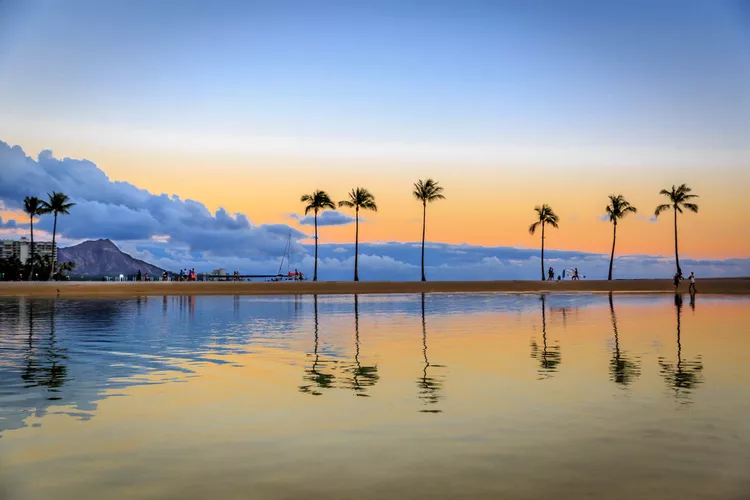Summary
Accessible and Inclusive Travel in Hawaii
Not everyone has the luxury of spontaneity — to fly by the seat of their pants, making last-minute travel plans. For travelers with disabilities and chronic health conditions, advanced planning is crucial for safety and ease. Living with a neurological condition that can mimic stroke symptoms, I have developed valuable tips for accessible and inclusive travel in Hawaii.
Note Small Details Make a Big Difference
Asking detailed questions before your trip can significantly enhance your experience. This means inquiring about potential triggers, such as high altitude, the physical demands of activities, and available emergency services.
Furthermore, asking questions upfront helps to identify qualified tour operators or accommodations. If they are unable or unwilling to address your concerns, this could indicate a lack of compassion and problem-solving capacity.
Marika Devan, creator of Clumsy Girl Travels, emphasizes the importance of overplanning: “Plan your transfer to and from the airport. Call tour operators to ask if their tour is accessible. Pick some restaurants you want to eat at and see if they are accessible.” For short trips, managing this information can be overwhelming, so keeping it organized in a spreadsheet is a great strategy.
Enlist Expert Assistance
Consider working with an accessible travel provider like Wheel the World or local organizations such as The Arc of Hilo. The Arc of Hilo offers a range of services designed to enhance accessibility on the Big Island, aiming to open up more opportunities for those who may feel intimidated by the area’s ruggedness.
The Go Hawaii website also provides valuable resources, and contacting the Hawaii Tourism Authority can yield helpful suggestions.
Find an Inclusive Home Base
Although all hotels in Hawaii comply with the Americans With Disabilities Act (ADA), some properties exceed basic requirements to cultivate a more inclusive environment. Inquire specifically about available amenities, such as beach wheelchairs and on-site medical care.
For fine dining with a view, check out establishments like Mina’s Fish House at Four Seasons Resort Oahu, La Vie at The Ritz-Carlton in Waikiki Beach, and Hualani’s Restaurant at Timbers Kauai. The Hilton Hawaiian Village Waikiki Beach Resort enhances the experience with over 80 shops and services and live local music at several venues, providing a vibrant atmosphere while prioritizing accessibility.
Don’t miss out on the cultural and educational programming offered on-site at many hotels. Activities may include stargazing or hands-on demonstrations, which can enrich your stay.
Book Accessible and Inclusive Adventures
Hawaii offers numerous accessible trails, such as Maunalaha on Oahu and Ohai on Maui. Notably, Hawaii Volcanoes National Park features braille maps and ASL interpreter services. For pivotal experiences, consider guided tours, such as the Haleakalā sunrise tour designed for accessibility.
Visitors keen on historical sites, such as the Pearl Harbor National Memorial, can rest assured of various accommodations, including wheelchair-accessible facilities. Additionally, organizations like AccesSurf provide adaptive surfing and canoeing opportunities for people with disabilities.
On the beach, all-terrain wheelchairs are available at several locations across the islands, enhancing accessibility and enjoyment at Hawaii’s most scenic venues. Accordingly, contacting local departments before travel can maximize your experience.
If underwater exploration interests you, visit the Maui Ocean Center, which provides accessible marine exhibits, ensuring everyone can enjoy Hawaii’s rich underwater ecosystems.




